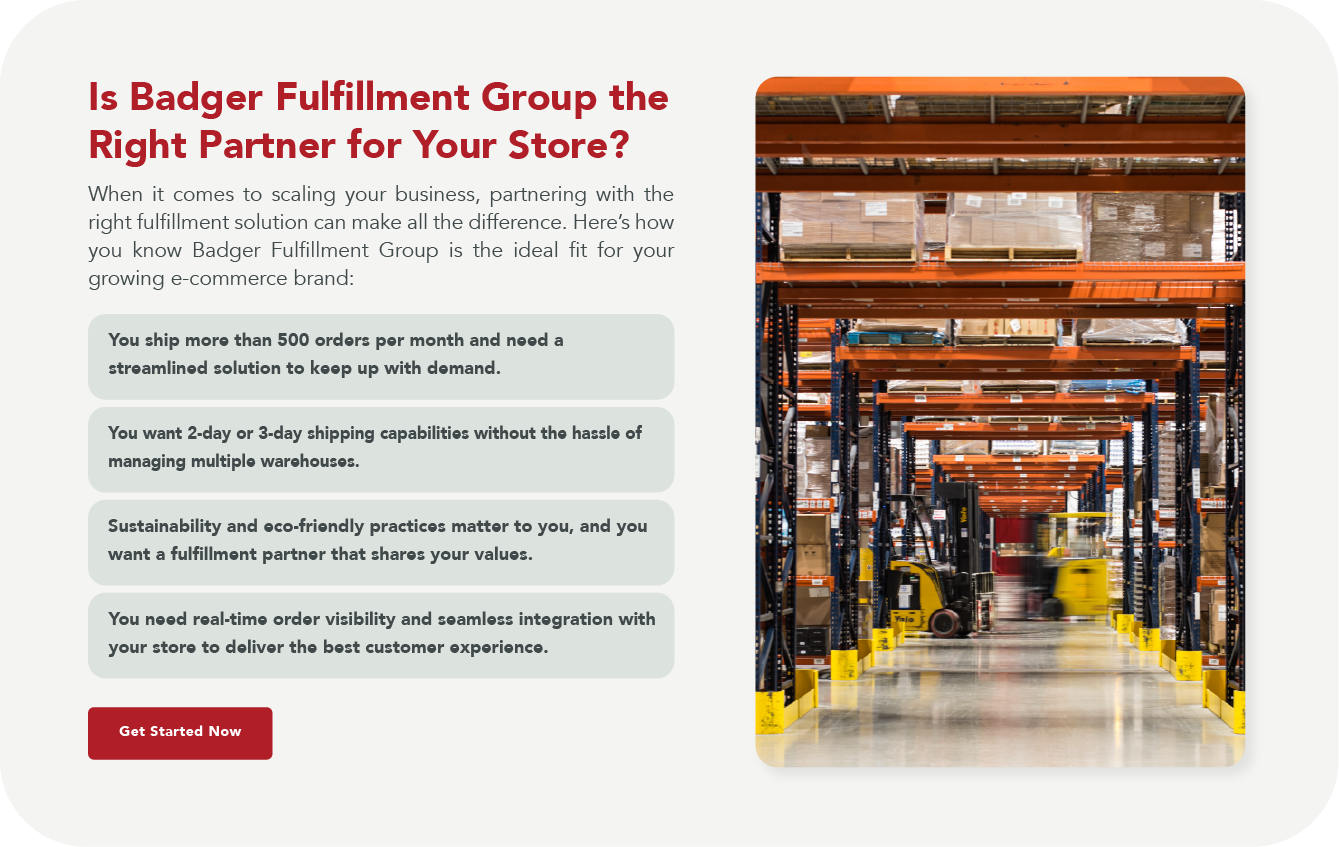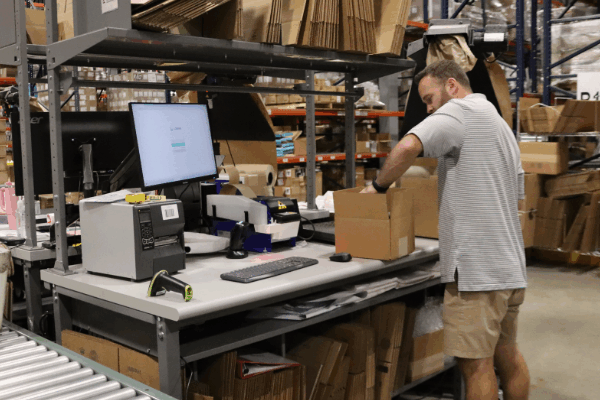What is Premiumization?
Premiumization refers to the business strategy of offering high-quality products or services at a higher price point, with the objective of creating a perception of enhanced value and exclusivity. It involves positioning a brand or product as superior in terms of quality, features, design, or prestige. Premium products or services often possess unique characteristics such as superior craftsmanship, advanced technology, or premium ingredients, which set them apart from regular offerings. The benefits of premiumization include increased profit margins, improved brand image, and customer loyalty. Consumers are often drawn to premium offerings due to the perceived higher quality, status, or enhanced experience they provide. The psychology behind premiumization lies in the perception of value, as consumers are willing to pay a premium for products or services that they perceive as more desirable or superior in some way. This perception can be influenced by factors such as brand reputation, product presentation, and the aspirational value associated with owning a premium item.
How Can Premiumization be Achieved?
Premiumization can be achieved through several strategic approaches that enhance the perceived value of a product or service.
Product Innovation:
- Research and development for superior quality and features: Investing in R&D enables companies to develop products with enhanced performance, functionality, or durability, thereby justifying a higher price point.
- Utilizing advanced technology and materials: Incorporating cutting-edge technology and premium materials can elevate the quality, performance, or aesthetics of a product, making it more appealing to consumers seeking a premium experience.
Unique Design and Packaging:
- Distinctive aesthetics and branding: Creating a visually appealing and recognizable design language helps differentiate a premium product from competitors, attracting consumers who value style and elegance.
- Attention to detail and craftsmanship: Paying meticulous attention to every aspect of product design, from intricate detailing to superior craftsmanship, adds an element of luxury and exclusivity, enhancing the perceived value.
Exclusivity and Limited Editions:
- Creating scarcity through limited production: Intentionally limiting the production or availability of a product can create a sense of exclusivity and desirability among consumers, driving them to be willing to pay a premium for a unique item.
- Collaborations with renowned designers or celebrities: Partnering with well-known designers or celebrities to create limited-edition products or collections adds a touch of prestige and increases the perceived value of the offering.
Superior Customer Experience:
- Personalized services and customization options: Offering personalized services, customization options, or tailor-made experiences can create a sense of exclusivity and cater to the individual preferences of customers, enhancing their overall experience.
- Exceptional after-sales support and warranties: Providing top-notch customer support, warranties, and extended service options reassures customers of the product’s quality and demonstrates a commitment to customer satisfaction, making the premium price more justifiable.
By implementing these strategies, businesses can effectively achieve premiumization, creating products or services that stand out in the market, offer enhanced value, and resonate with consumers seeking luxury, exclusivity, and exceptional experiences.
Examples of Premiumization
Cosmetics Industry
In the cosmetics industry, premiumization is evident through luxury skincare brands that prioritize extensive research and development, resulting in advanced formulations enriched with exclusive and rare ingredients. These brands emphasize the use of natural and organic components, offering luxurious and effective solutions for diverse skincare concerns. Additionally, high-end makeup lines focus on unique packaging designs, utilizing luxurious materials and innovative aesthetics to enhance the overall visual appeal of their products. These premium makeup brands also release limited edition collections in collaboration with renowned artists or influencers, creating an aura of exclusivity and collectability that appeals to discerning consumers. Notable brands in this space include brands like La Mer, SK-II, Sisley, as well as Chanel, Dior, and Tom Ford.
Shoe Industry
In the shoe industry, premiumization is exemplified by brands like Nike, known for its iconic Jordan line of sneakers. Nike’s premiumization strategy extends to the Jordan brand, which has become synonymous with luxury and exclusivity in the sneaker world. The Jordan line encompasses high-end shoes that fuse style, performance, and cultural significance, making them highly coveted by sneaker enthusiasts and collectors alike.
The premiumization of the Jordan line involves meticulous attention to detail and craftsmanship. These shoes often feature premium materials such as premium leather, suede, or even exotic fabrics, elevating their quality and aesthetic appeal. Additionally, the Jordan line incorporates innovative technologies to enhance comfort, support, and overall performance, making them not just fashionable but also functional.
The exclusivity factor plays a significant role in the premiumization of Jordan sneakers. Limited releases and highly sought-after collaborations with prominent designers, artists, or athletes contribute to their desirability and create a sense of scarcity. These limited editions are often accompanied by unique packaging and special branding elements that further enhance their collectability.
The price range for high-end Jordan sneakers can vary significantly, depending on factors such as the model, rarity, and exclusivity. Some exclusive Jordan collaborations or highly coveted limited editions can command prices well above their original retail value, reaching into the thousands of dollars in the secondary market. This pricing strategy reflects the premium nature of these shoes and the strong demand for unique and high-quality footwear.
Small Electronics
When it comes to small electronics, premiumization is prominent in the world of luxury smartphones and high-end headphones. Luxury smartphone brands seamlessly merge cutting-edge technology with premium materials like glass, metal, or ceramic, resulting in devices that exude elegance and sophistication. These smartphones boast advanced camera systems, high-resolution displays, and exclusive software features tailored to tech-savvy consumers who demand top-tier performance. Notable luxury phone brands such as Apple’s iPhone, Samsung’s Galaxy S series, and Huawei’s P series exemplify this premiumization trend.
Similarly, in the realm of high-end headphones, premium brands prioritize delivering an exceptional audio experience. They employ advanced acoustic engineering techniques to ensure superior sound quality that satisfies even the most discerning listeners. Crafted with high-quality materials for durability and comfort, these headphones feature luxurious details such as premium leather finishes, metal accents, and customizable options. Brands like Sennheiser, Bose, and Sony are renowned for their commitment to premium sound reproduction and exquisite design, catering to audiophiles and music enthusiasts who seek an immersive and luxurious listening experience.
In both the luxury smartphone and high-end headphone markets, premiumization manifests through the integration of advanced technologies, meticulous design, and the use of premium materials. These products captivate consumers who appreciate the fusion of performance, aesthetics, and the elevated experience that comes with owning premium small electronics.
In each of these markets, premiumization strategies are employed to create offerings that stand out from the competition. These examples demonstrate how brands leverage product quality, innovation, unique packaging, and exclusive collaborations to justify higher price points, targeting consumers who value premium experiences, exceptional performance, and luxury in their purchases.
The Impact Premiumization has on Fulfillment
Premiumization can have a significant impact on the fulfillment process, requiring businesses to adapt their inventory management, packaging, and shipping strategies to meet the demands of premium products.
Inventory Management
Premiumization often involves limited edition or seasonal products that are in high demand. Managing inventory becomes crucial to ensure the availability of these exclusive items while maintaining their perceived scarcity. Businesses must carefully plan and forecast demand, ensuring that stock levels are adequately maintained to meet customer expectations without overstocking. Additionally, effective inventory management systems are necessary to track and monitor the movement of premium items, helping businesses strike the right balance between exclusivity and meeting customer demand.
Packaging and Shipping
Packaging plays a vital role in reinforcing the premium image of products. For premium items, businesses must ensure that the packaging is aesthetically pleasing, reflecting the quality and exclusivity of the product inside. Packaging should also provide appropriate protection during transportation to maintain the product’s pristine condition upon arrival. Furthermore, to meet the expectations of premium customers, businesses may need to offer expedited or specialized shipping options. This can include premium shipping services that provide faster delivery times such as 2 day shipping, enhanced tracking, and exceptional customer service to ensure a seamless and high-end experience from purchase to delivery.
By considering these factors and adapting fulfillment processes accordingly, businesses can effectively cater to the unique requirements of premium products, enhance customer satisfaction, and reinforce the perceived value of their offerings.
Premiumization presents a compelling strategy for businesses to differentiate themselves, cultivate a strong brand image, and cater to consumers seeking enhanced experiences. Looking ahead, the future of premiumization appears promising as consumers continue to prioritize quality, exclusivity, and unique offerings. By embracing premiumization strategies, businesses can seize opportunities to thrive in a competitive marketplace, capturing the attention of customers and fostering long-term loyalty. By adeptly leveraging premiumization through exceptional quality, impeccable design, and memorable customer experiences, businesses can create lasting impressions and forge a path to success. This trend allows brands to set themselves apart, command higher price points, and establish reputations for delivering superior value, resonating with the desires of discerning consumers in an ever-evolving market.






